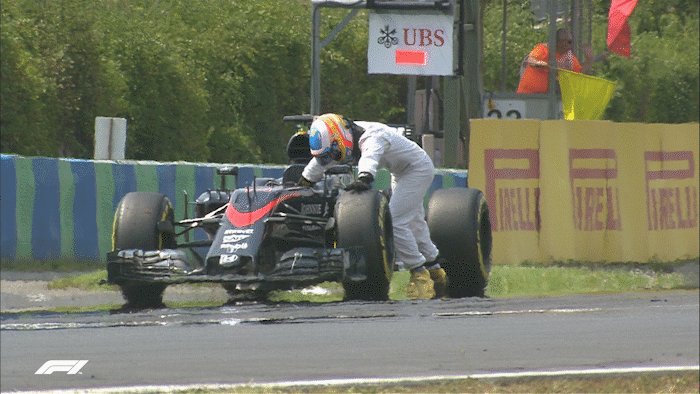The will give their team the choice to work from home 2-4 days a week, and come into the office 1-2 days a week
I've spoken to 1,500+ companies about their plans for remote work Post-Covid
Here are the things I heard will happen in 2021
[ a thread ] 💻🏠🌍
The will give their team the choice to work from home 2-4 days a week, and come into the office 1-2 days a week
Companies doing this have seen their workers decentralize rapidly, leaving expensive cities to be closer to family
Rather than hiring the best person in a 30-mile radius of the office, they can hire the best person in the world for every role
Spend $15,000 / worker / year on office space or provide the best remote setup on the planet for $1,050 / worker / year
Their biggest concern is that workers burnout because they are working too hard
They are actively exploring ways to combat this
The most popular we hear is flying the teams into remote locations for ~week. Portugal & Puerto Rico seem to be the most popular
90% never wants to be in an office again full-time
50% never wants to be in an office again full-stop
Companies have to be remote because of this
The majority of companies have replicated the office remotely and it is causing strains that are beginning to show. Most want to be more remote but don't know where to start
Most will remedy this by providing better, ergonomic equipment to workers going forward
We spoke to early-stage companies, publicly listed tech companies, to legacy incumbents with hundreds of thousands of employees
All will be more remote-friendly
108 million tons of Co2 less every year
Almost every company we talk to believes that their workers will be happier as a result of remote work
There is a fear inside companies that if they don't go remote they will lose their best people to their competitors
They are scared about intangible things they can't measure
'quality of communication' && 'collaboration in person' && 'water cooler chat'
Many have realized these were excuses
They've realized they need to be more purposeful than in an office. There's about an even split of companies who think culture has improved, stayed the same, or gotten worse
- single parents
- carers for family
- people with health conditions/impairments
Companies have to do a far better job in this area
The measure of performance while working remotely has to become outcome. Tools that enable this to be tracked more accurately are something we are asked for a lot
Companies doing this are struggling far more with remote than those who are not
The lack of trust doesn't let people do their best work
Anything more than that they view as problematic
Companies are searching for ways to do this more effectively. Tools that enable others to write better will explode















